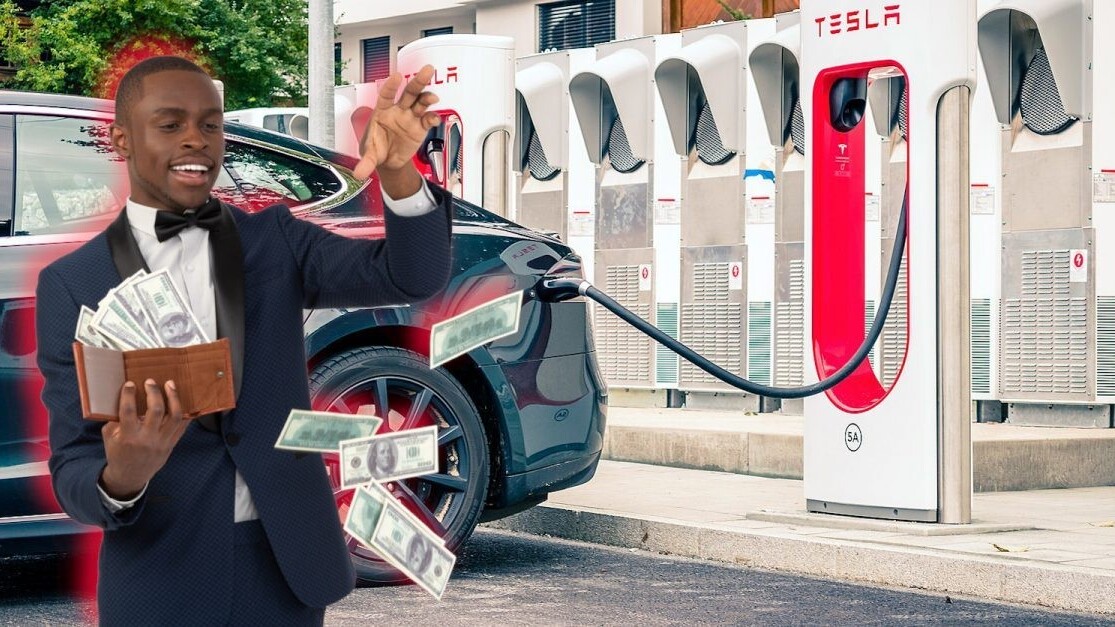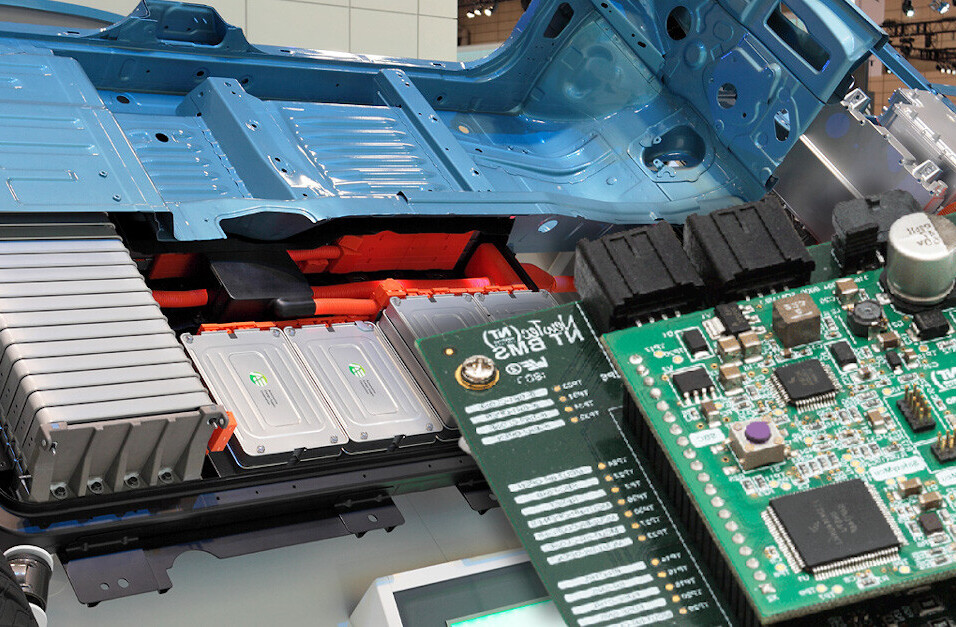
Welcome to SHIFT Basics, a collection of tips, explainers, guides, and advice to keep you up to speed with mobility tech.
A couple of weeks ago, we asked ourselves the question, “How much does it cost to charge an electric vehicle?”
Calculating that — when you’re charging at home of course — is a straightforward case of multiplying the per kWh cost of your electricity by the size of your car’s battery in kWh.
However, one interested reader asked us another brain teaser: how much does it cost to drive an EV per mile. And we’re going to get to the bottom of it.
It’s all about efficiency
When it comes to knowing how much we’re spending for every mile driven, we’re really just trying to get a handle on a benchmark of efficiency. One that puts our energy use into some kind of financial context. But before we financially benchmark our efficiency, we must get a handle on our EV’s overall energy efficiency.
EVs measure energy efficiency in a few different ways, and those measurements affect how we calculate how much it costs to drive one kilometer or one mile.
kWh per 100 kilometers
What if your EV measures its efficiency in kilometers (or miles) per kWh? Then you calculate how much each kilometer costs by dividing your electricity costs per kWh by the number of traveled kilometers.
Knowing how much energy you’ve used to drive 100 km is useful to know, but the numbers are still kind of large. What’s more, it doesn’t tell us directly how much it costs to drive those 100 km, it just tells us how much energy we used. Let’s figure that out.
The first step is to figure out how much 100 km or miles costs. To do this we need to take the kWh figure and multiply it by how much our electricity costs per kWh.
Let’s say that our EV covers 100 kilometers and uses 30 kWh to do so.
If our electricity costs $0.14 per kWh, then 30 kWh of electricity costs $4.20.
Then getting our cost per kilometer is simple, all we need to do is divide $4.20 by 100.
In this case, it gives us $0.042, or around four cents. When you consider that driving a gasoline car can cost between 10 and 30 cents per km, it’s quite a cost saving to drive electric.
Kilometers per kWh
If your EV measures its efficiency in kilometers (or miles) per kWh, calculating how much each km costs is done by dividing how much your electricity costs per kWh by how many km have been traveled.
Let’s say our EV is averages a conservative 4 km/kWh.
Knowing that one kWh of electricity costs $0.14, and that energy has helped us travel 4 km, we simply need to divide $0.14 by 4.
In this example, it shows our cost per km was $0.035, or around four cents. See how it’s working out?
A rule of thumb
If you’re concerned about how much money you’re spending when you drive your EV, there are two very simple rules of thumb to follow.
If your car measures energy consumption in kWh per 100 km you want the kWh figure displayed on your car’s dashboard to be as low as you can get it!
However, if your EV measures efficiency in kilometers per kWh, you want the kilometer figure to be as big as possible. In this case, kWh is a constant, so you want to maximize how far you go on ever single kWh of power.
Pro tips
All these calculations are borne from the same fundamental measures: kWh of your EV’s battery, the kWh used to drive somewhere, distance, and the price of electricity.
By figuring out how these relate to one and other, you’ll be able to figure out how much it costs to drive your EV a given distance. You’ll also be able to see at a glance how efficient your driving is, and what the financial impact is.
As you start examining these figures more regularly, you’ll start to get a handle on what’s low-cost and efficient, and what’s not.
It’s worth noting that these calculations only consider the costs of the electricity fueling the EV. EVs are still subject to other running costs that add up over its life.
You’ll still need to replace tires, brake discs, add wind screen washer fluid, and maybe even change lightbulbs from time to time. Even though these costs might only come every few years, they’re still worth factoring in to your car’s overall running costs.
On your daily electric drives though, your biggest cost will be the electricity powering your vehicle. So it pays to get a grip on your per km costs!
Do EVs excite your electrons? Do ebikes get your wheels spinning? Do self-driving cars get you all charged up?
Then you need the weekly SHIFT newsletter in your life. Click here to sign up.
Get the TNW newsletter
Get the most important tech news in your inbox each week.




